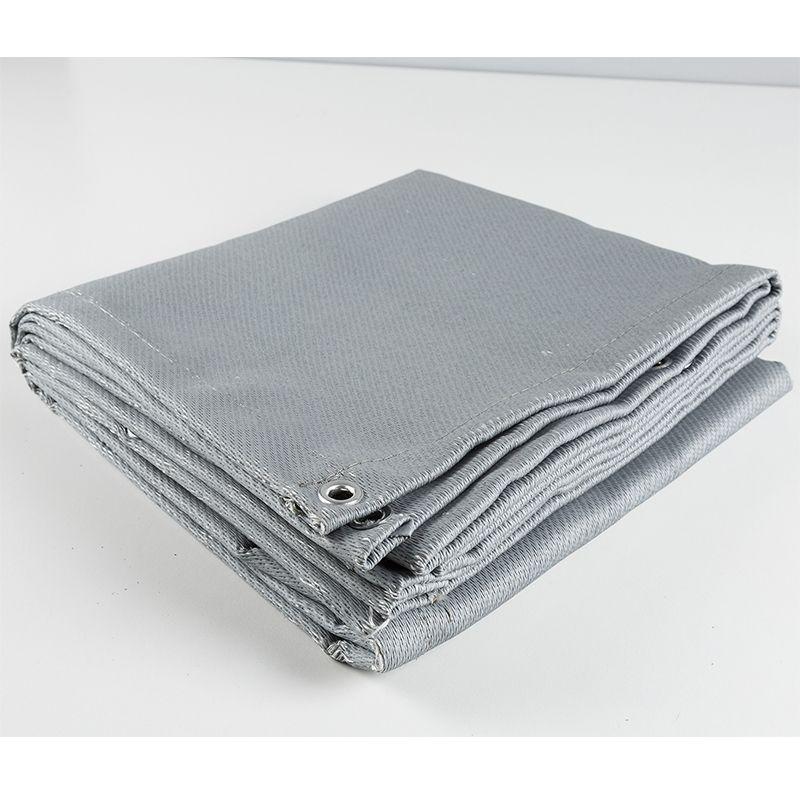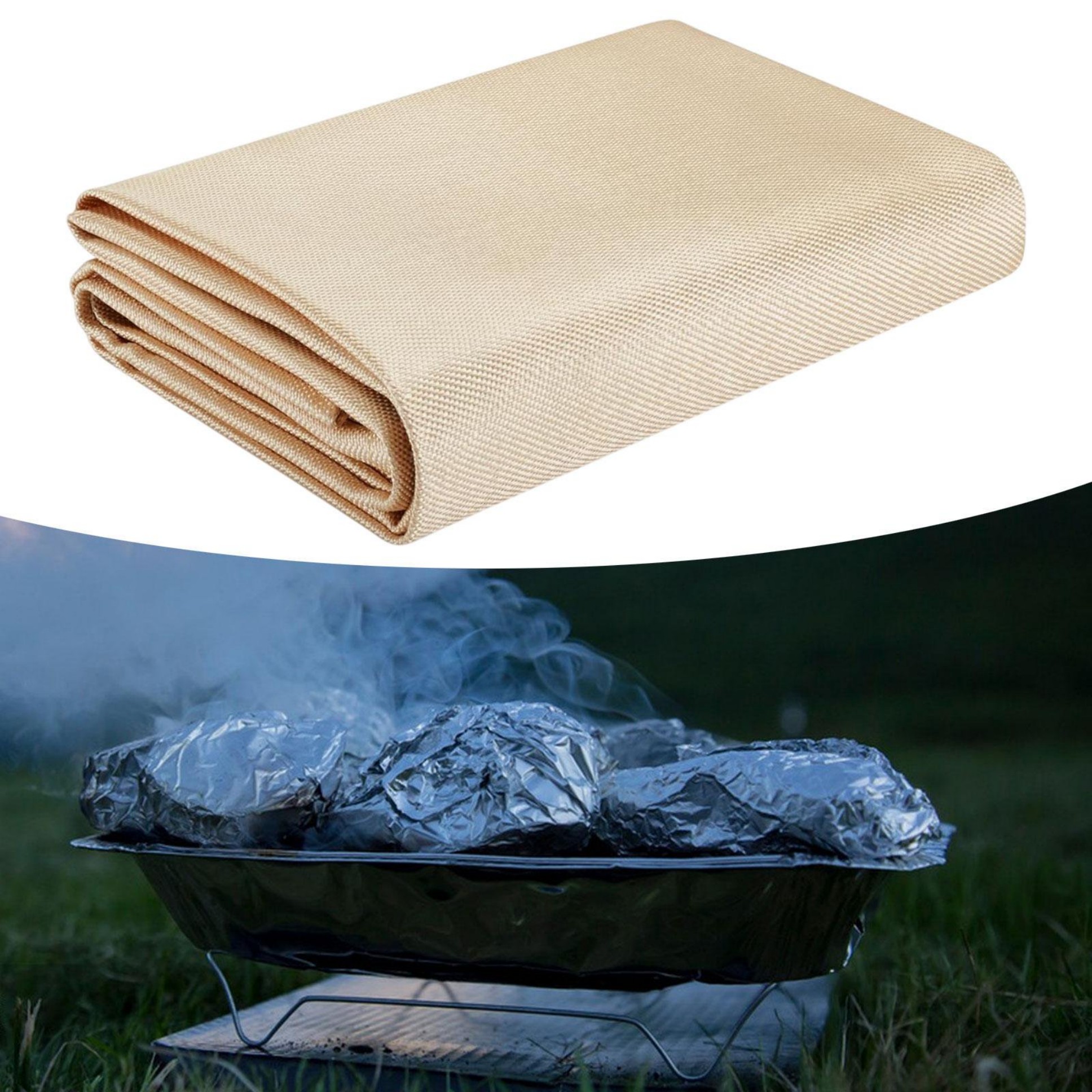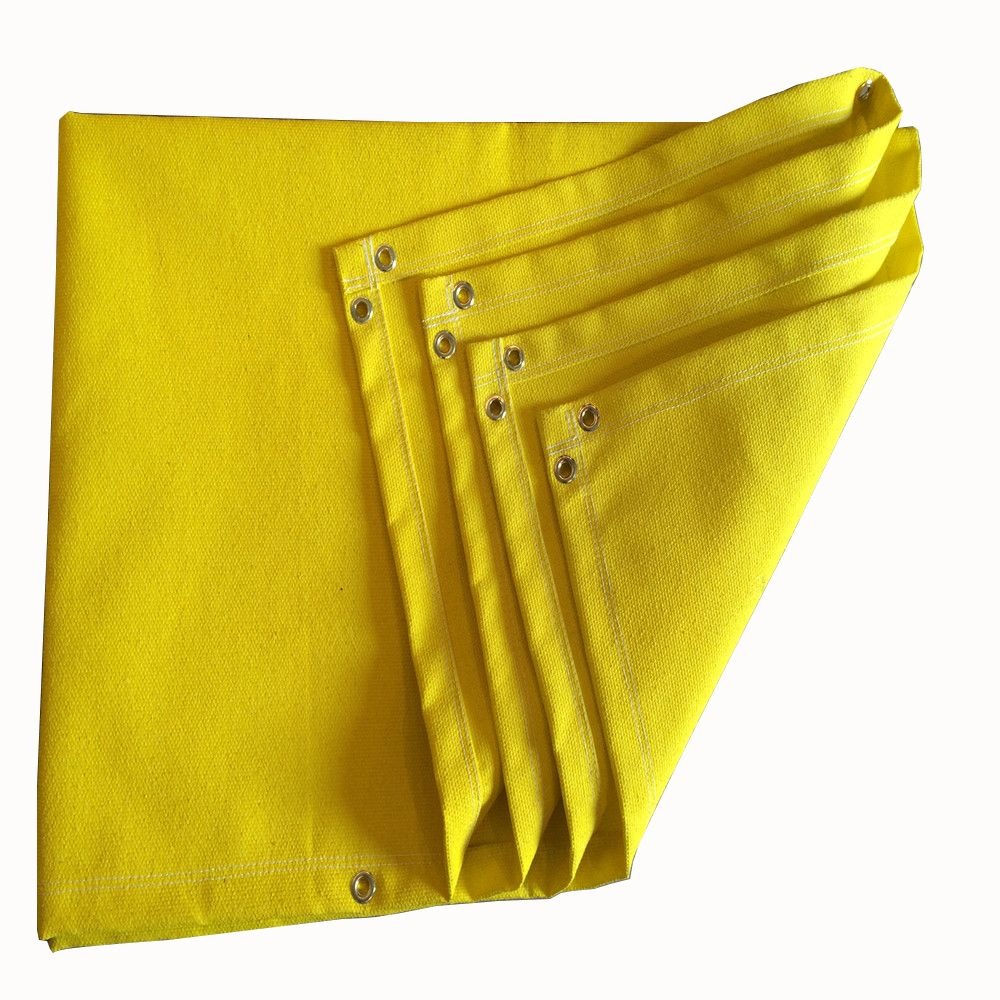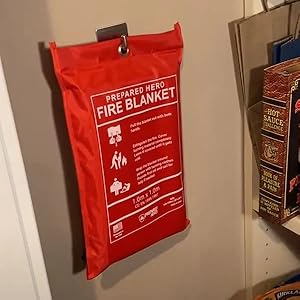Fire Blankets Safety: Essential Guide for Home and Workplace Protection
Fire blankets are crucial safety tools that smother small fires by cutting off oxygen. This guide covers proper selection, placement, usage, and maintenance to ensure maximum fire blankets safety in homes and workplaces.
What Are Fire Blankets and How Do They Work?
Fire blankets are fire-resistant sheets made from materials like fiberglass or wool treated with fire-retardant chemicals. When placed over a fire, they starve the flames of oxygen, effectively extinguishing small fires. Fire blankets safety depends on using the right type for your specific needs.
There are two main types:
- Domestic fire blankets:Smaller (typically 1m x 1m) for kitchen fires
- Industrial fire blankets:Larger (up to 1.8m x 1.8m) for workplace hazards
Fire blankets safety tip:Always check that your blanket meets relevant safety standards (like BS EN 1869 in Europe or AS/NZS 3504 in Australia/NZ).
When to Use a Fire Blanket
Fire blankets safety begins with knowing when they're appropriate. Use them for:
- Small pan fires (especially cooking oil fires)
- Clothing fires (wrap the blanket around the person)
- Small electrical fires (if the power is off)
Never use fire blankets on:
- Large, spreading fires
- Chemical fires unless specifically designed for them
- Fires involving pressurized gases
Proper Placement for Maximum Fire Blankets Safety
Correct placement ensures quick access during emergencies:
- Install near potential fire sources (kitchens, workshops)
- Mount on walls using the provided container (not in drawers)
- Place at accessible height (about 1.5m from floor)
- Keep exit routes clear when positioning blankets
How to Use a Fire Blanket Safely
Follow these fire blankets safety steps:
- Turn off heat source if safe to do so (especially for cooking fires)
- Pull the tabs to release the blanket from its container
- Hold the blanket by the corners with your hands protected behind it
- Approach the fire from upwind if possible
- Place the blanket gently over the flames, starting from the near edge
- Leave the blanket in place until completely cooled (at least 30 minutes)
- Never lift the blanket to check - this could reignite the fire
Fire blankets safety reminder:Always call emergency services after using a fire blanket, even if you've extinguished the fire successfully.
Maintenance and Inspection for Ongoing Fire Blankets Safety
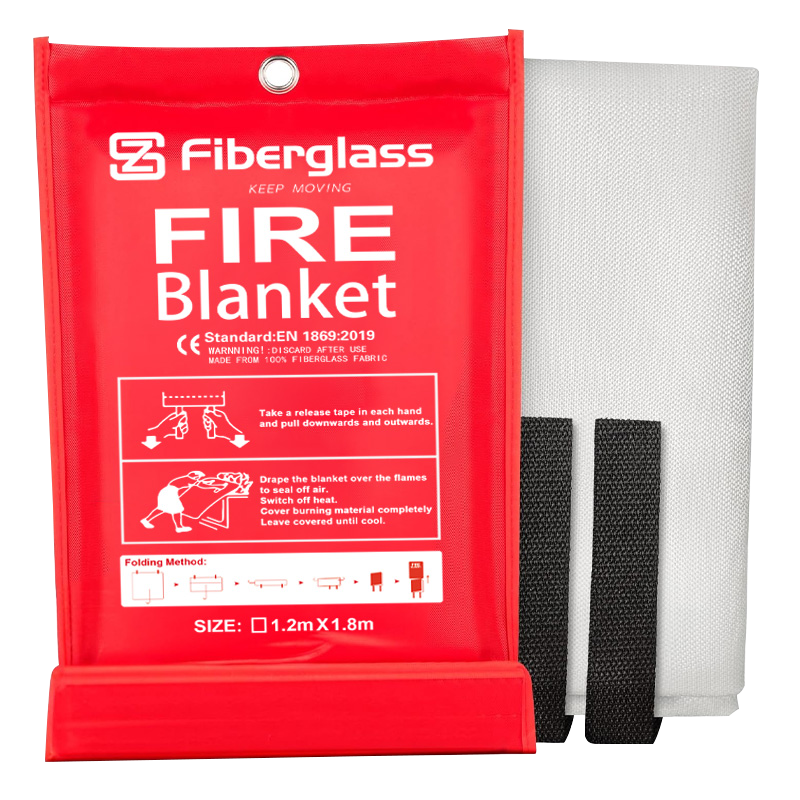
Regular checks ensure your fire blanket will work when needed:
- Inspect monthly for damage or contamination
- Check that pull tabs are easily accessible
- Look for tears, holes, or discoloration
- Replace if the blanket has been used or shows signs of wear
- Follow manufacturer's replacement guidelines (typically every 5-7 years)
Fire Blankets Safety Compared to Fire Extinguishers
While both are important, fire blankets offer advantages in certain situations:
- Easier to use with minimal training
- No messy chemical residue
- More effective on cooking oil fires
- Safer for small electrical fires (when power is off)
However, fire extinguishers have greater versatility for different fire types. For complete fire blankets safety, consider having both available in high-risk areas.
Training and Fire Blankets Safety Awareness
Proper training enhances fire blankets safety effectiveness:
- Conduct regular fire drills including blanket use
- Train all household members or employees
- Display simple instructions near blanket locations
- Practice the motion of deploying the blanket (without actually opening it)
Fire blankets safety practice:Every six months, have family members or coworkers demonstrate how they would use the blanket in an emergency.
Special Considerations for Different Environments
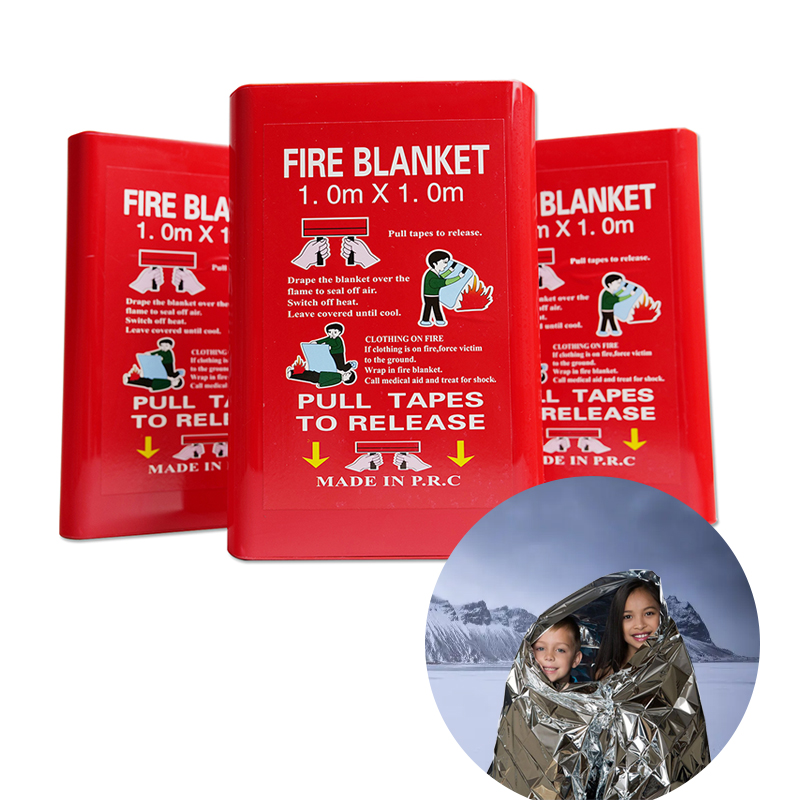
Fire blankets safety requirements vary by setting:
Homes:
- At least one blanket in the kitchen
- Consider additional blankets near fireplaces or workshops
Workplaces:
- Follow local regulations for number and placement
- Special blankets may be needed for industrial hazards
- Include in your fire risk assessment
Schools and Care Facilities:
- Extra blankets in science labs and cooking areas
- Ensure staff are properly trained
Common Fire Blankets Safety Mistakes to Avoid
Be aware of these frequent errors that compromise fire blankets safety:
- Storing blankets too close to potential fire sources
- Using the wrong type of blanket for the fire
- Attempting to move a burning object after covering it
- Reusing a blanket that's been deployed
- Failing to maintain and inspect blankets regularly
By understanding proper fire blankets safety practices, you can effectively protect your home or workplace from small fires. Remember that fire blankets are just one part of a complete fire safety plan that should also include smoke detectors, escape routes, and emergency planning.


